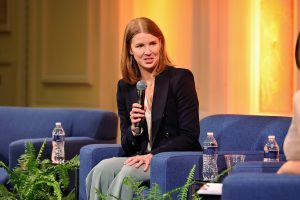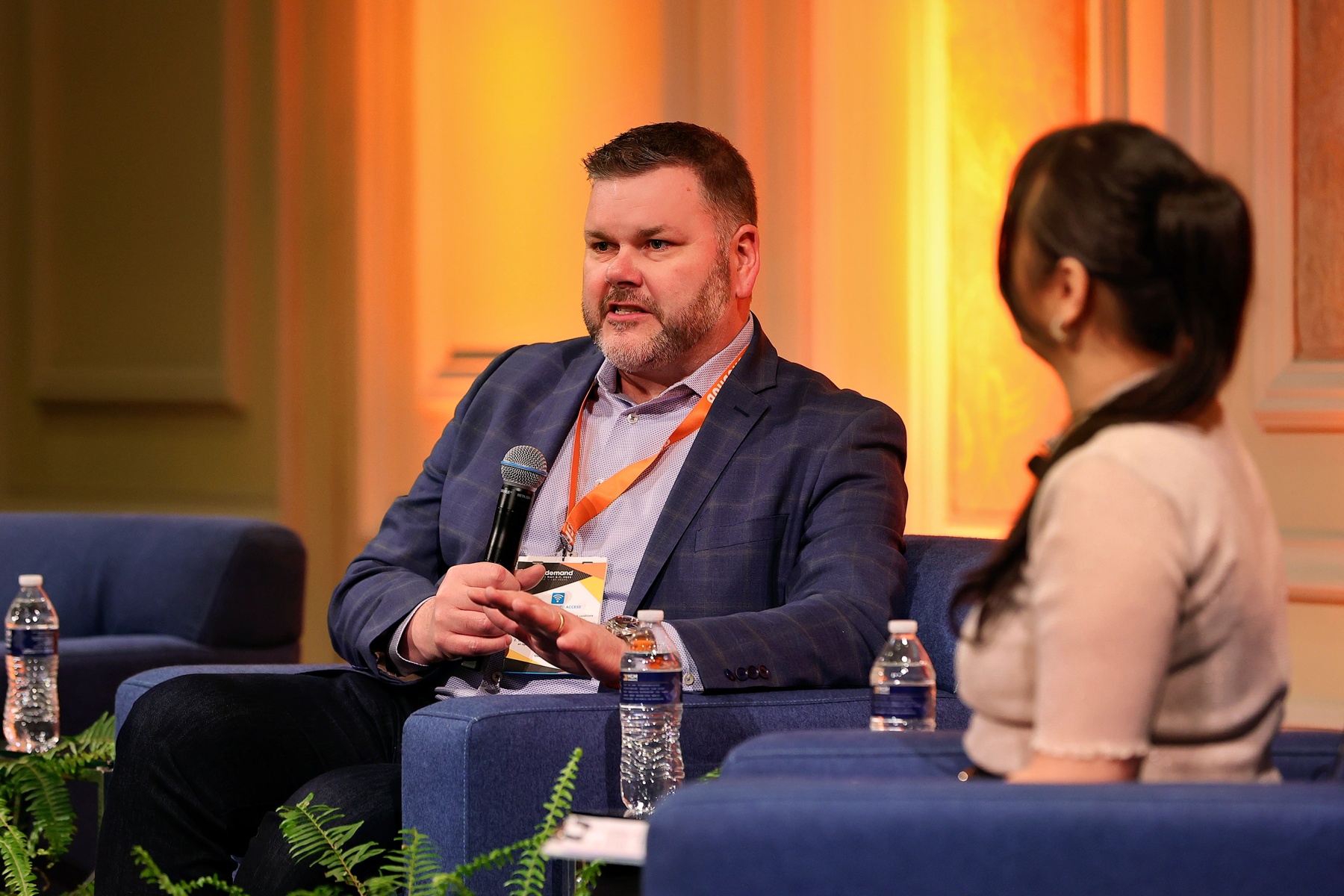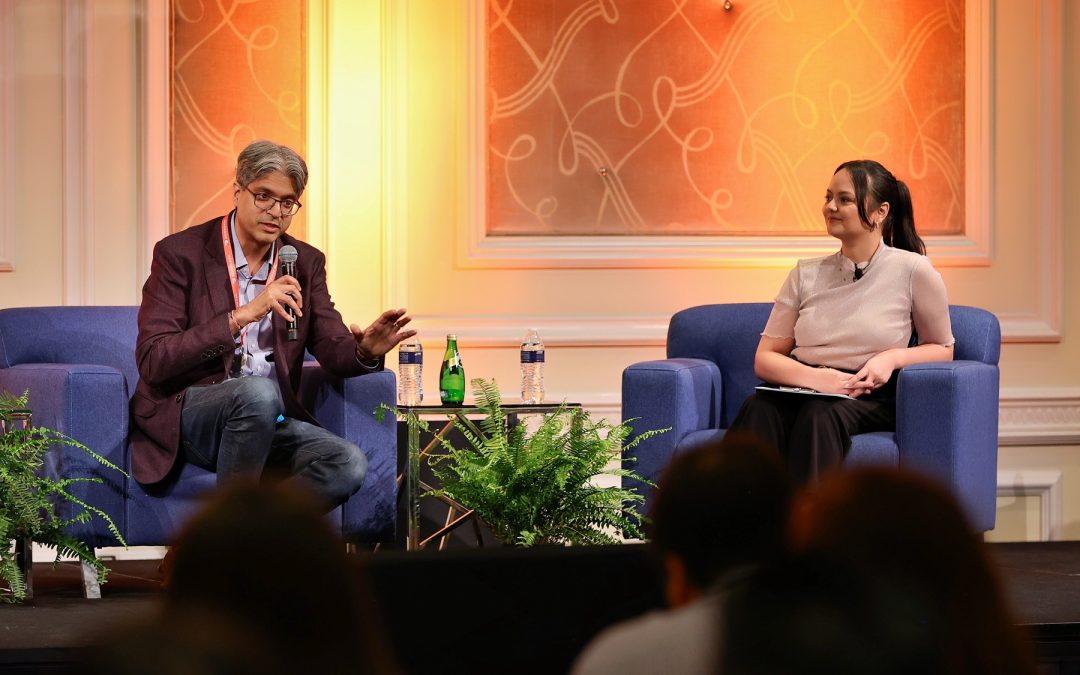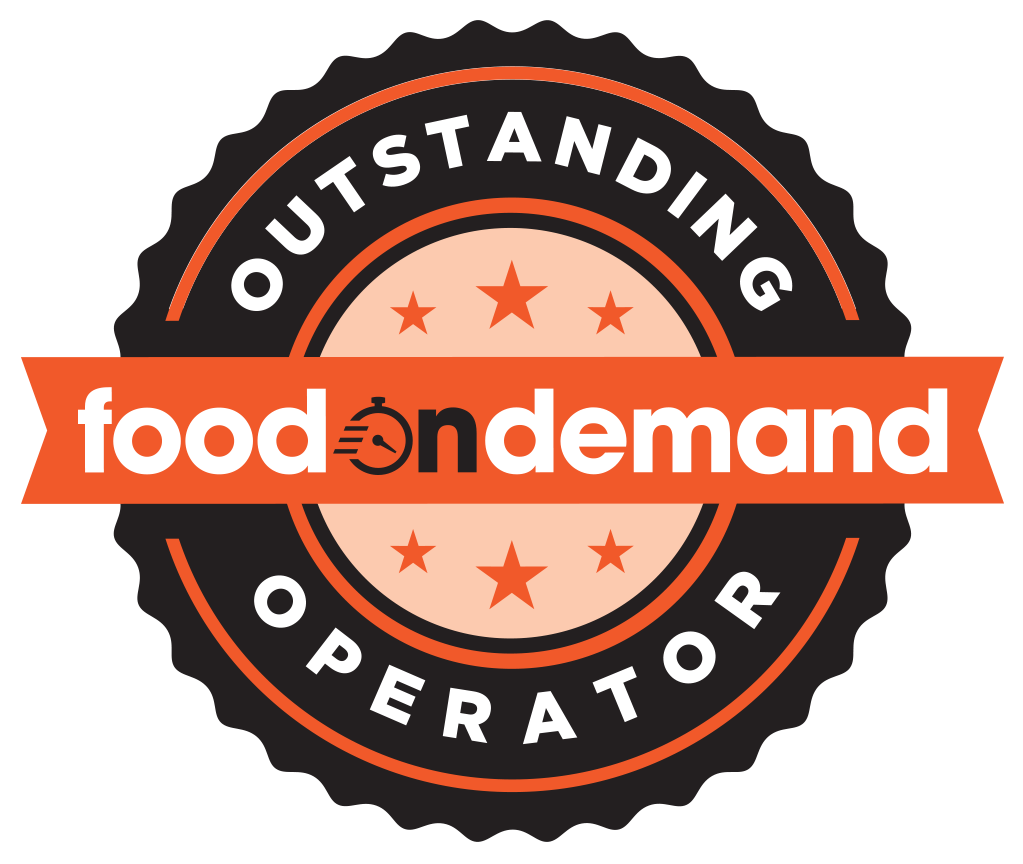May 6 might just go down in history for DoorDash. On the same day it shared first quarter financial results—it reported profit of $193 million, a reversal of its loss of $23 million a year ago and announced two major acquisitions.
In a move aimed at increasing its global presence, San Francisco-based DoorDash announced a formal offer to acquire British food-delivery company Deliveroo for around 2.9 billion pounds, or $3.86 billion. The United Kingdom and Ireland are the largest markets for Deliveroo, and it has operations in Belgium, France, Italy, Kuwait, Qatar, Singapore and the United Arab Emirates with roughly 7 million total users.
The transaction is subject to, among other things, shareholder approval and certain regulatory is expected to close in the fourth quarter.
In practically the same breath, DoorDash announced Tuesday it will buy SevenRooms, a New York City-based software company, for about $1.2 billion. SevenRooms provides reservations and customer relationship management services. The deal is expected to close during the second half of 2025, subject to regulatory approvals and customary closing conditions.
On stage at the Food On Demand Conference in Las Vegas, meanwhile, Vishwa Chandra, vice president of enterprise restaurants at DoorDash, threw out another billion-dollar reference. DoorDash, he said helped generate nearly $60 billion in sales last year for restaurants and other merchants on its platform.
Consumers, he said, want the ability to engage with brands on their own terms, “and they’ll reward the restaurants that do that.” Within the DoorDash ecosystem, that requires investing in visibility and for restaurants to work with their DoorDash rep to define their goals so they’re not simply spending without a strategy.
Restaurant operators, said Chandra, all want to drive volume and profitability, but need to think in a more targeted manner, such as driving business during slower lunch periods, and tailor their marketing on DoorDash to that daypart. There are also opportunities, he continued, to adjust messaging that would entice an existing customer to come back more often or attract a lapsed customer back to the brand.
DashPass, the subscription service DoorDash launched in 2018, and Wolt+ the subscription service under the company’s Wolt brand, had combined 22 million members globally exiting 2024, said Chandra, and those users are “highly engaged,” ordering more frequently than other customers and with higher average tickets. Restaurants can and should tailor how they show up to these customers, he added.

Meghan Musbach, head of U.S. and Canada Enterprise at Uber
Get on the carousel
Restaurants all want to be at the top of the feed, noted Uber Eats executive Meghan Musbach, who oversees the enterprise delivery business in the United States and Canada. They can achieve that through sponsored listings, of course, but just as impactful is getting into the carousel, she said.
The carousel feature can share multiple images or videos in one swipeable ad and, as she pointed out, users are swiping left and right as much as they are scrolling up and down.
During her turn on stage at FODC, Musbach also called out ways in which Uber Eats is able to leverage the power—and customer base—of the rideshare side of the company. With its Journey Ads, those in-app ads that run during a user’s rideshare, a restaurant brand can gain additional visibility and trigger a purchase, such as by promoting an offer to have food waiting for a rider at their hotel.
Uber is likewise leveraging its Uber One membership program as it emphasizes to customers that it can use the benefits across the food and ride platforms, said Musbach. Promos and partnerships, such as those with Marriott Bonvoy and OpenTable, are being used to incentivize more people to sign up, she added, and last month 5 million new users joined to push Uber One up to 30 million members.
To restaurant operators, Musbach advised them to think about affordability. “We’re not seeing a slowdown in how often consumers are coming and they’re not putting less in the cart,” she said. “But they are being very thoughtful about what they’re putting in the cart,” so brands need to think about their value positioning.
Back in growth mode
Wonder, the food hall and delivery startup founded by Marc Lore, finalized its acquisition of Grubhub in January. It bought the delivery company from Just Eat Takeaway for $650 million in a transaction that transferred to Wonder $500 million in debt; Just Eat Takeaway is expected to net proceeds from the sale of up to $50 million. It also announced this morning it had secured $600 million in funding.
Grubhub, which Just Eat Takeaway put up for sale in 2022, had fallen behind other delivery platforms in terms of order volume and other metrics. With Wonder behind it, Jim Osborne, Grubhub’s vice president of restaurant partnerships, said the Chicago-based company is focused on “a return to growth.”

Jim Osborne VP of Restaurant Partnerships at Grubhub
Grubhub has about 375,000 merchants on its platform, said Osborne, and the company is starting to advertise itself again, such as with spots during the NBA playoffs. And it’s working to draw attention to its partnership with Amazon.
Grubhub partnered with Amazon three years ago as part of the online retailer’s Prime membership. About a year ago, said Osborne, Grubhub “cemented” that relationship via a multi-year deal and is now working to educate Prime members that they get a free Grubhub Plus membership as a benefit.
“We’re starting to market that relationship a lot more aggressively that we have in the past,” said Osborne.
On the innovation front, Grubhub is bringing its food delivery robots to more college campuses, where Osborne said it’s found great success. Autonomous delivery is a “huge bright spot” for Grubhub, he said, and it has robots making deliveries across dozens of campuses.
The annual Food On Demand Conference wrapped up on Wednesday, May 7, at the Bellagio in Las Vegas.


